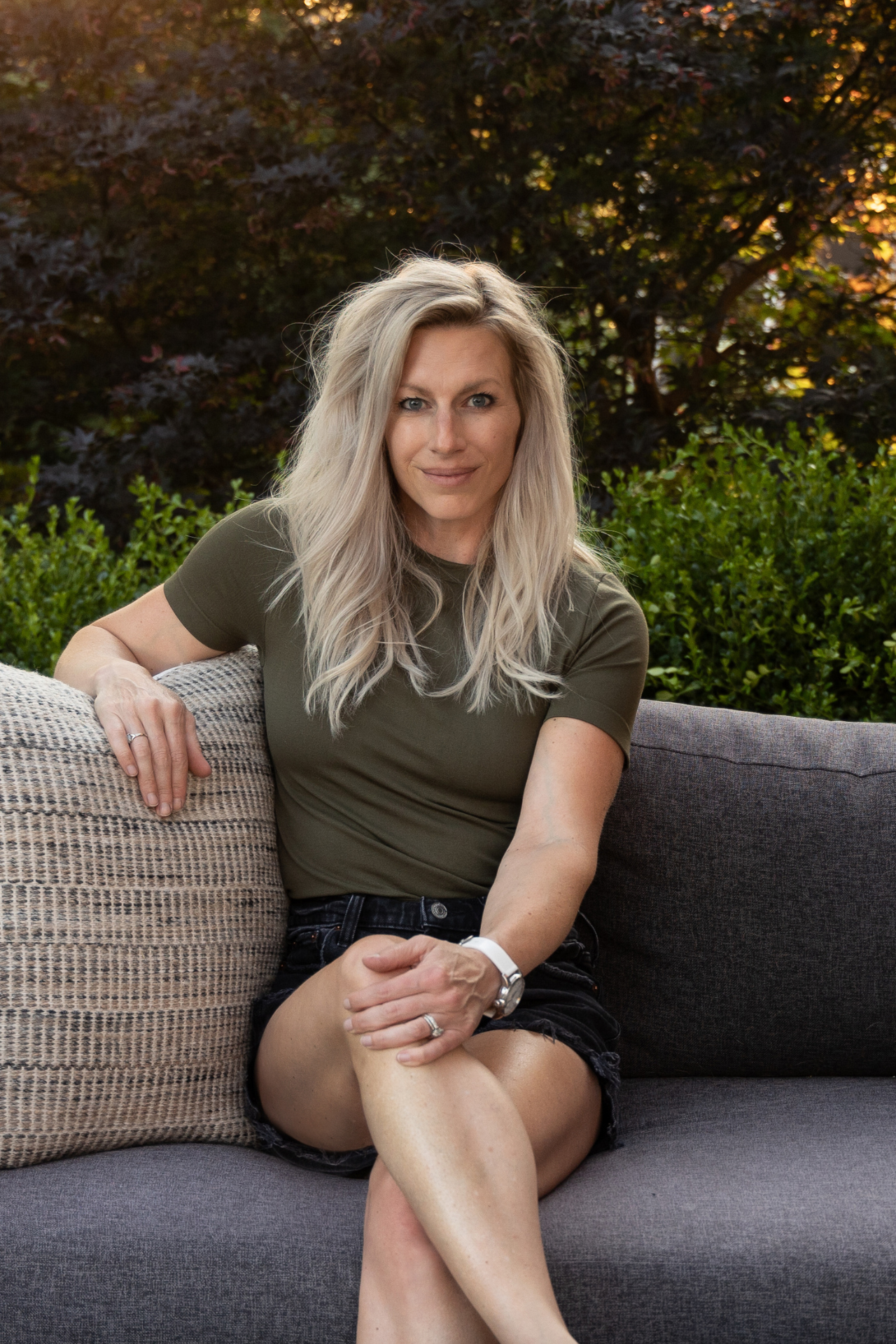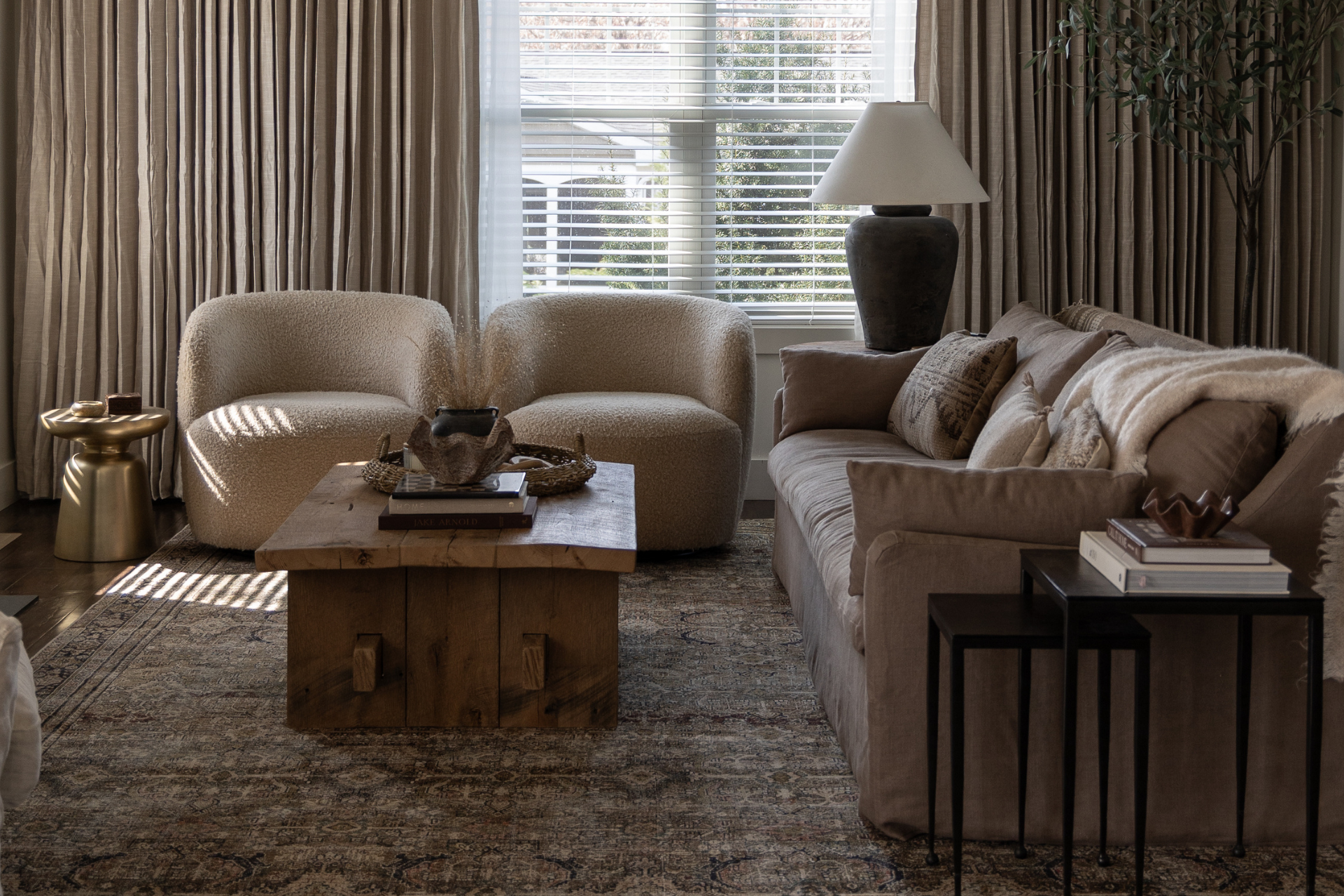Our garden was an absolute first priority after moving into our home. We had a raised bed vegetable garden in our previous home and it was a great learning experience. This time around I wanted our garden to be something really special. So I took everything we learned from our first garden and made my dream vegetable garden.
There are so many factors to consider when building a raised bed garden that I’ve broken this post down into two parts. Today we will be diving into some of the basics like choosing a location, size, materials, and more. Next week I’ll be sharing part 2, which will focus on the building process.
CHOOSING A LOCATION
The best way to start planning a vegetable garden is to determine its size and location. You’ll want to choose a sunny location with at least 6-8 hours of direct sunlight daily. The more sun the better, so be sure to choose the sunniest part of your yard.
We chose to put our garden in the far corner of our property. It’s definitely the sunniest part of our yard and it’s far away from trees and shade.
Having a fairly level area to work with is important as well. Even though the location of our garden looked level, it was surprisingly a little slopped from front to back.

CHOOSING A SIZE
As far as choosing a size for your garden, that is totally up to you! Ideally, you don’t want your raised beds to be much wider than 3-4 feet, so that everything is within arms reach.
We decided on a U-shape for our garden. This way we maintain 4-foot wide beds and have easy access to everything from the center of the garden. The outer perimeter is 14’ by 14’ and the center of our garden is a spacious 6’ by 6’ open area.

CHOOSING YOUR MATERIALS
There are many species of wood that make excellent choices for raised bed gardens. The main thing to keep in mind is that you will need wood that is rot-resistant since it will constantly be in contact with moist soil. With that being said, it is also recommended to not use pressure-treated wood. Pressure-treated wood has been infused with chemical elements to preserve the wood. It may seem like the perfect choice, but there is potential for those chemicals to leach into the soil. You can even think beyond wood and use stone/cement materials or even sheets of metal.
I used a combination of cedar and pressure-treated wood. I only used pressure-treated wood in areas like our arbor where there is minimal contact with our garden soil. For everything else, I used 1×6 tongue and groove cedar boards.

OTHER FACTORS TO CONSIDER
Having access to water is a big thing to keep in mind for your vegetable garden. It wasn’t too long after building our garden that we decided to install an irrigation system to make watering even easier. I have a blog post about how we installed our irrigation system here.
Another thing to consider is predators. After putting in all that hard work growing your garden, the last thing you want is bunnies eating everything before you do. We installed 4-foot tall fencing all the way around our garden and that seems to be sufficient for keeping predators out. This will vary depending on your location and what type of predators you are dealing with.






I hope this brief overview of the planning stage has been helpful to anyone looking to start a vegetable garden. Part 2, the build, is coming next week!
*This post contains affiliate links*
















5 Responses
This is so pretty! I just love it!
Thank you!